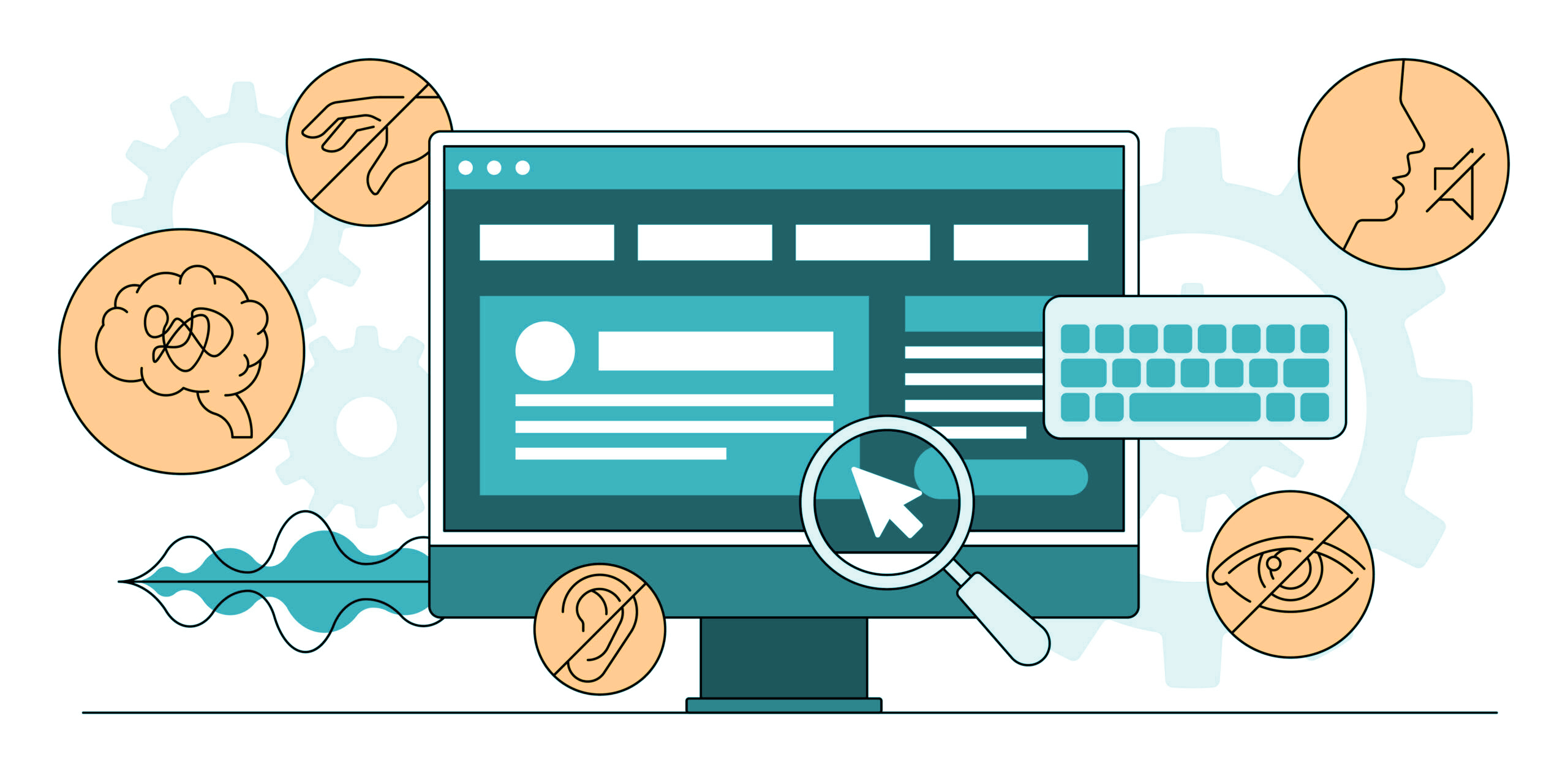During my time as a product designer at Alma, a frequent conversation on my team has centered around how we can continually work towards making a more accessible and inclusive student information system. As the backbone of districts and schools, an SIS serves a diverse user base of teachers, students, parents, and administrators, each with their own unique abilities and needs. Thus, focusing on accessibility is crucial to ensuring everyone feels empowered to use Alma with confidence and ease.
My understanding of designing an accessible product was initially informed by my background as a visual designer. I primarily focused on accessibility considerations related just to how things looked – like choosing colors that allow low-vision users to distinguish page content more easily, to ensuring that the typography reinforced the most important information on a page. The longer I’ve spent at Alma, the more I’ve learned that visual design is only one part of the picture.
Some of the more powerful components of an accessible product actually happen behind the scenes – such as ensuring that users can successfully navigate through our SIS system using the assistance of a screen reader and/or by only using their keyboard. To achieve success with a screen reader, we aim to make text descriptive and action-oriented so that it’s always clear to the user what is happening as they move through Alma. If a page element doesn’t include visible text – for example, an X icon used to close an alert message – we add a description of that action that the screen reader will communicate to the user. When a user moves through Alma using their keyboard, we provide extra visual cues to clearly indicate where they’re currently focused and ensure content that relies on a mouse hover to display hidden information stays open until the user presses the tab key to navigate away.
When implementing accessibility considerations like these, our hope is that we are able to meet the needs of users who may require different viewing options – leading to an SIS system that is more inclusive, equitable, and usable for everyone. Designing with accessibility in mind is an ongoing process that requires constant attention, iteration, and improvement – but we know it is well worth the effort.
Ready to learn more about Alma?


